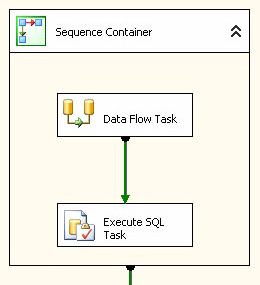MSBI 70-448 Quiz: SQL Server Analysis Services
- MSBI
- SSIS
- SQL Server
2.
You may optionally provide this to label your report, leaderboard, or certificate.
Submit
×
Thank you for your feedback!
















